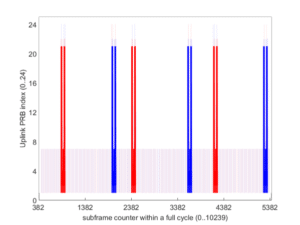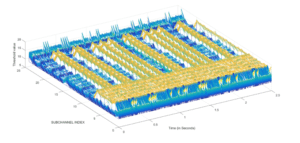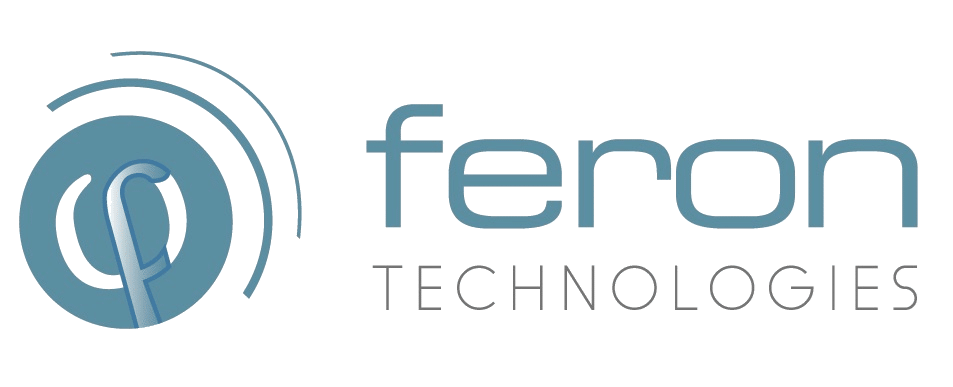xG Cell Insight
xG Cell Insight, is a fully flexible 4G-LTE radio access monitoring system, utilizing low-cost SDR hardware and software code running on general purpose computing equipment. It is based on the SDR (SOFTWARE DEFINED RADIO) TECHNOLOGY, which enables the development of end-to-end telecommunications platforms (i.e. comprising both the S/W application and the radio transmitting and receiving system), built entirely on S/W and general purpose H/W. At the core of the system lies:
- a generic purpose SDR, such as Ettus Research B210, which captures the air-interface, either uplink or downlink;
- a software code implementing full analysis of 4G L1 and extracts various cell-level and user-level information, such as the number of active users, the utilization of time-frequency resources, the configuration profiles, etc.
Use cases: xG Cell Insight scope is quite broad. It was primarily designed as a cost-efficient solution to monitor 4G mobile networks, especially at challenging conditions (e.g. crowded events). Besides that, it could be also used by academia for education purposes and by research groups as a means to accelerate their research.
Current Status: A product prototype has been recently tested and validated, within the context of a large European R&D project (http://www.flex-project.eu/). In particular, three different private LTE networks have been tested, sopen-source OpenAirInterface Software, another one based on a commercial small-cell provided by ipAccess and Sirran, and thirdly another SDR-based solution provided by AMARISOFT eNB/EPC software. Local live 4G cells have been also decoded. In FLEX-D, the probe functionalities have been enhanced in order to use it as a tool for identifying non-occupied LTE resources, which could be potentially used for underlying D2D communications within a network supporting both cellular and direct access. Two approaches for blindly detecting used/unused LTE resources have been applied. The first is based on a “protocol-level” LTE DL L1 signalling sniffer which recovers UL scheduling information from broadcast L1 messages sent by the LTE eNB, whereas the second is based on a “signal-level” LTE UL filter-bank based sensor/energy-detector, which operates completely blindly. Indicative results for both the “protocol”-based and “signal-processing”-based probe components are shown in associated figures:

Indicative results for LTE DL L1 signalling sniffer experiments

Indicative results for LTE Filterbank-based UL Sensor/Detector experiments

